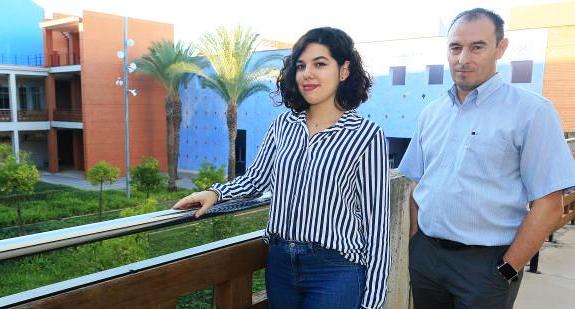A research team from the Research Institute for Integrated Coastal Zone Management belonging to the Campus Gandia of the Universitat Politècnica de València (IGIC-UPV) and the University of Zaragoza (UZ) has designed a novel intelligent system that recommends the best place to live for users looking to buy or rent a home.
Specifically, they have developed a bracelet with a sensor that detects heart-rate variability and measures the user’s state of well-being while visiting potential properties. Thus, the system is able to rate the neighborhoods where the user feels most comfortable, helping them to choose the area that offers the maximum well-being. The innovative device has been made possible thanks to the work of Jaime Lloret and Laura García (IGIC-UPV) and researchers Raquel Lacuesta and Iván García-Magariño (UZ).

“A REAL ESTATE REVOLUTION”
The system operates through two different algorithms that assess the user’s state of well-being. According to the researchers, “it uses a scoring system to express the well-being ratings obtained from processing the information from the sensors.”
The bracelets connect to the user’s smartphone, transmitting the information to a server that compares the data obtained with data from the real estate agency.
All the user scores in the system are stored in the database and help determine the wellness-friendly neighborhoods of a city. This “represents a revolution in terms of real estate operations,” since it quantifies an aspect that is was barely measurable up until now
USER FRIENDLY
Jaime Lloret, director of the IGIC-UPV Institute, states that “one of the advantages of the system is its user-friendliness, since once the initial HRV (heart rate variability) measurement has been performed, the user does not need to enter more data in the system while visiting the neighborhoods and properties that interest them.” Once the visits are over, the system sends its recommendation directly to the user’s smartphone.

UZ researcher Raquel Lacuesta adds that “at present, stress is the cause of a large number of diseases. The environment that we live in is a determining factor in a person’s stress levels, so with our system we intend to improve the well-being of people in the domestic environment.”
The results of this research have been published recently in the IEEE Access journal.
Source: Luis Zurano, scientific communication unit of the Polytechnic University of Valencia
Follow him on Twitter @nadrazy | UPV Scientific Communication Blog

